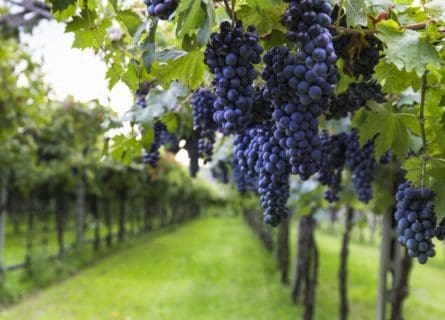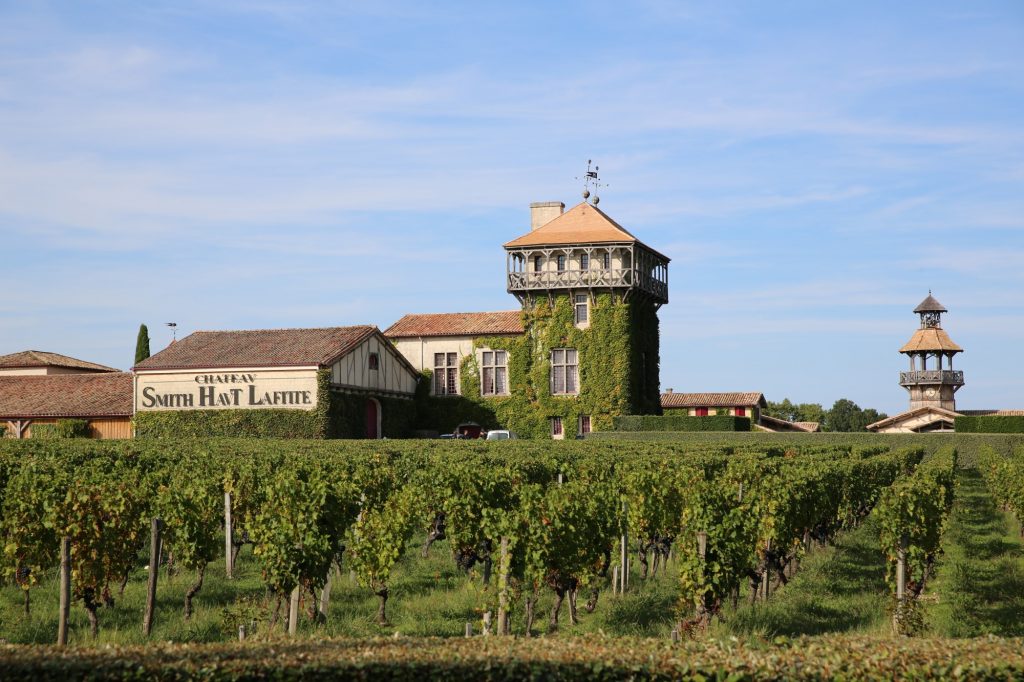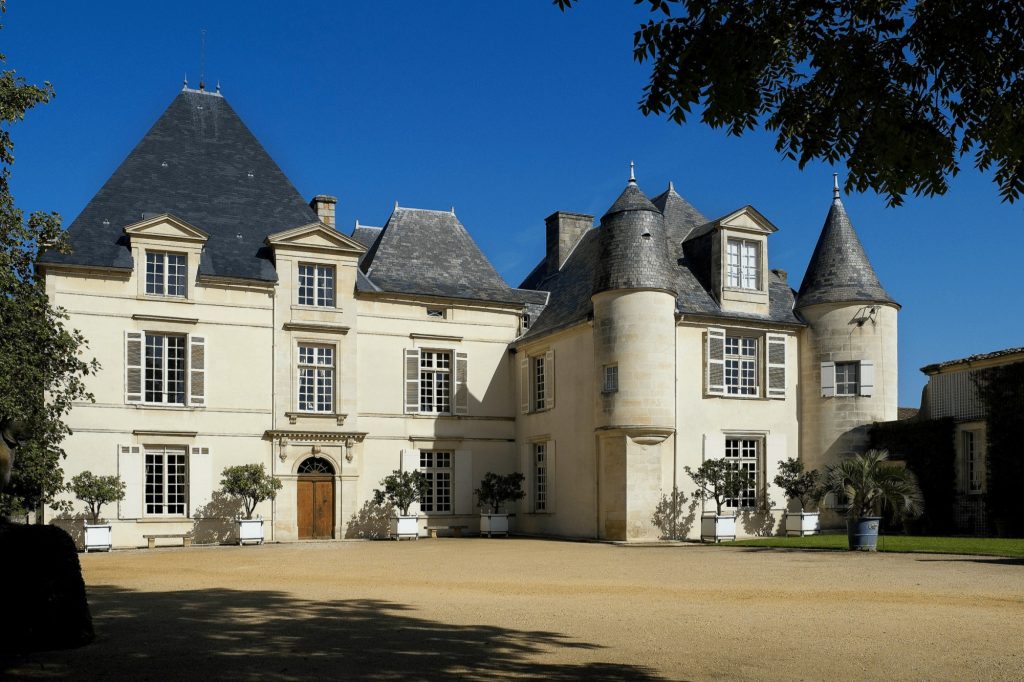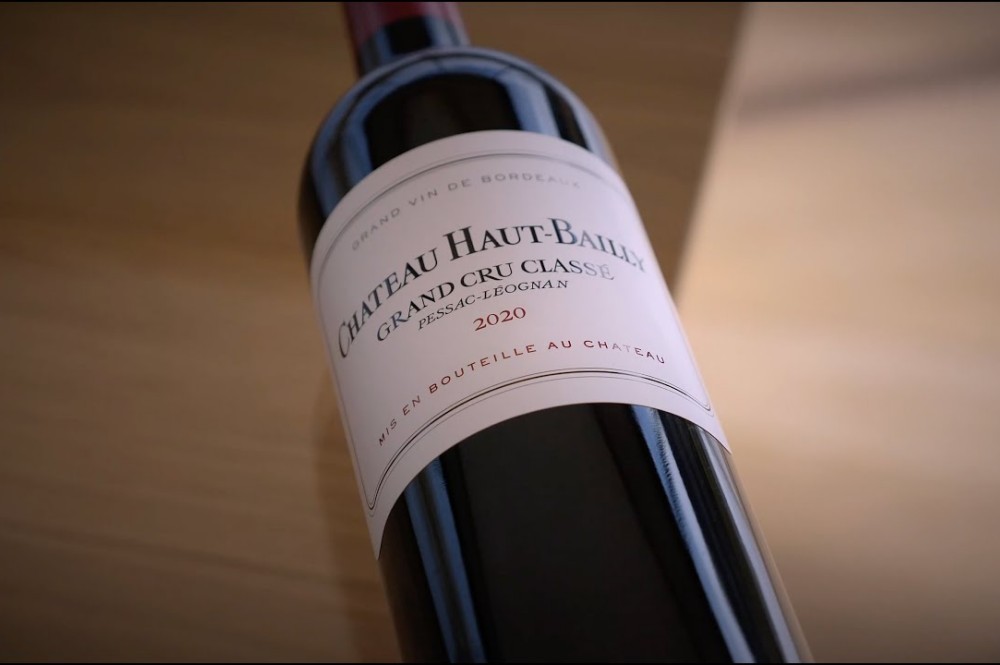
Cabernet Sauvignon Grape Variety: The World’s Most Popular Varietal
February 11, 2022
Discover the irresistible allure of Cabernet Sauvignon—a worldwide favorite with robust, dark-bodied flavor. Unleash your wine journey today!
By: Barnaby Eales / Last updated: May 2, 2025
The Graves sub-region, home to historic Chateaux like Haut Brion, is a fascinating cradle of Bordeaux wine production. Its history dates back to the Romans, who made wines here around 2,000 years ago. Situated south of Bordeaux on the left bank of the Garonne River, the name ‘Graves’ reflects the sub-region’s unique terroir of gravel soils. In the ‘almost urban’ appellation of Pessac-Léognan, located in the northern reaches, there are also clay-limestone soils, creating a distinctive terroir where vines thrive in a mild oceanic climate.
Discover more about Bordeaux Wine Classifications

According to Pierre Bécheler, a winegrowing terroir specialist, the Graves’ gentle slopes, the permeability of its gravel and pebble-rich soils, and its dense hydrographic network favor the natural drainage of its vineyard plots.
In the Pessac-Léognan appellation, the hilltops are crisscrossed by numerous shallow cuts, resulting in smaller geological units than in the Medoc, hence the significant variability of soils. Whereas producers in the Medoc primarily blend wines led by Cabernet Sauvignon, and Merlot dominates the blends on the right bank of St Emilion, the complexity of soils in Pessac-Léognan allows producers to make wines with a more even share of Cabernet Sauvignon and Merlot. Pessac- Léognan is home to the prestigious 14 Grands Crus Classés Chateaux of Graves. Unlike rival classifications, the Graves classification includes fine white wines and reds.
The dry, barrel-aged white wines, made mainly from Sauvignon Blanc and Semillon, are fruity and lively with nerve-tingling acidity, showing tension on the palate. When blended in varying proportions with Sauvignon Gris or Muscadelle, they show complexity; over the years, they gently turn golden and develop very fine, flowery aromas, sometimes reminiscent of lime blossom and Scotch broom. The white wines are fleshier, rounder, and longer on the palate in years of great maturity.
For reds, producers often blend Cabernet Sauvignon with Merlot and Cabernet Franc, which add suppleness and elegance, and sometimes include Cot (or Malbec), Petit Verdot, and Carmenère, old Bordeaux varieties that contribute complexity to the wines. These are dense and age-worthy oak-aged red wines, deeply colored with a solid tannic structure. Over time, wines show complex aromas, with notes of blackcurrant, often evolving into smoky, spicy, leathery, and prune-flavored wines.
Graves’s historical significance can be traced back to ancient times, around the Gallo-Roman castrum of Burdigala (Bordeaux’s former name). While little evidence of this period has survived, Roman author Columella documented and praised the potential of Graves wine in the 1st century, underscoring its long-standing heritage.
The name “Graves” appeared in texts as ‘Las Gravas de Bordeus’ during the Middle Ages, covering the lands surrounding the walls of Bordeaux. The region is also home to historical châteaux, such as Pape Clément, whose vineyards were first harvested in 1252 by the Archbishop of Bordeaux, who later became Pope Clement V.
It was not until the 13th century, under English rule, following the marriage of Eleanor of Aquitaine to Henry Plantagenet in 1152, that Graves wines began to gain prominence. Graves’s golden age began in the 14th century with the English craze for ‘Claret .’ Between 1531 and 1551, Jean de Pontac built a veritable winegrowing enterprise in the area known as Haut-Brion, the only Chateau classified under the 1855 and Graves classifications.
This forerunner to the great Bordeaux ‘Châteaux’ led to the birth of the concept of the ‘Grand Cru.’ The reputation of Graves wines peaked in the 17th century on 27 October 1647, when the Graves wine-growing region was listed first in the first classification of Bordeaux wines drawn up by the Bordeaux trade.
A century later, in a new nomenclature of classed wines drawn up for the Intendant de Guyenne, all the first and second classed growths came from the ‘Bonnes Graves’ of Bordeaux (which today corresponds to the Pessac-Léognan appellation). During the first half of the 19th century, most estates adopted the title of ‘Château.’
Finally established in the 1950s, the Graves Grands Crus Classés (GGCC) classification acknowledged 16 Graves Chateaux. Unlike rival Bordeaux classifications, the GGCC classification has no hierarchy and is not subject to revision.
Other than Chateau Haut Brion, Graves estates had been left out of the 1885 classification. They were eager to establish their own classification to gain official recognition and cement their reputation for making fine wines. The vineyard owners of Graves thus joined forces in 1904 to create the Syndicat Viticole des Graves de Bordeaux (Graves Wine Syndicate), which in 1950 officially applied to the Institut National des Appellations d’Origine (INAO) for the creation of the Graves classification.
The Graves Wine Syndicate, comprising wine merchants and brokers, played a crucial role in the classification process. At the behest of the INAO, they analyzed wine prices over time. In an unofficial list from 7 August 1953, a classification of Graves included 16 chateaux: five were classified for their red wines, three for their white wines, and the remaining chateaux were classified for both their red and white wines.
There are now 14 Chateaux; since 2014, Domaine Clarence Dillon has subsumed Château La Tour Haut-Brion and Château Laville Haut-Brion. Since the 2009 vintage, Château Laville Haut-Brion has been produced under its original name, Château La Mission Haut-Brion.
In January 1953, the INAO established the official Classification of Graves for red and white wines, initially listing 16 classed châteaux alongside Château Haut-Brion. This list was ratified in August 1953 and modestly expanded in 1959, though no significant changes were made. Six châteaux were classified for both red and white wine. This classification permitted châteaux to label their wines as Grand Crus Classé Graves.

Chateau Haut Brion declined to participate in the classification for its white wine due to the small quantity it produced at the time. In the end, non-classification did not affect the reputation or prices of its white wine; it would become one of the world’s most expensive white wines.
From the beginning of the 20th century to the 1970s, the city’s expansion resulted in more than 3,000 hectares lost. Suburbs emerged south around what would become the breakaway Pessac-Léognan appellation. By then, the area had shrunk to just 550 hectares.
In a dynamic bid to regain the area and preserve historical wine production, a group of young and enterprising winegrowers led by Andre Lurton applied to create the Pessac Léognan. This breakaway appellation would have a higher status than the existing Graves appellation, with more stringent winemaking rules.
The ten communes of Pessac Leognan, which extend from the city of Bordeaux, include the villages of Pessac and Leognan. Thus, on 9 September 1987, a decree recognized the Pessac-Léognan appellation, confirming the specific characteristics of this geographical area.
The new appellation demarcated gravelly plots to sandy-gravelly soils and sometimes clay-limestone soils but excluded those featuring modern alluvium, sand, or impermeable subsoil. The selection ensures the best possible expression of the local grape varieties selected throughout history for their aptitude for conserving and aging wines.
Red wines make up about 80% of production. The dry white wines express great finesse on sandier or clayey soils, with floral and fruity notes exuberant in their freshness. The more clayey limestone soils underline their fleshy character, and areas with chalky soils reveal their minerality. Tension is essential in the white wines of Pessac-Léognan, guaranteeing their balance and aging potential.
The creation of the Pessac-Léognan appellation demarcated the origin of some of Bordeaux’s finest wines, financially benefiting the major estates and producers. Still, it has led to a wide disparity with the Graves appellation regarding wine and land prices. Reflecting Pessac-Léognan’s popularity, the number of estates in the appellation has grown from 58 in 1987 to 70 today, with its vineyard area doubling from 813 hectares to 1,880 hectares.
Today, the average price per hectare is €450,000 in Pessac Léognan, with the highest price around €600,000 per hectare, compared to the average price of €26,000 in the Graves appellation, according to France’s non-profit land agency, Safer, a private company run under the guidance of the French government.

Léognan has further distinguished the quality of its wines from the rest of the Graves, as evidenced by the recognition it receives from ‘classed growth wine buyers.’ Pessac Leognan wines are known for their density, power, and greater aging ability than other wines in the Graves. That said, Graves is home to relatively new rebel winemakers who have effectively revived old grape varieties, including Jean-Baptiste Duquesne, owner of Chateau Cazebonne, and Loic Pasquet of Liber Pater, the producer of the world’s most expensive wine.
Fine wine buyers predominantly fixate on the Chateaux from the better-known and more influential 1885 classification of the Medoc rather than the Grands Crus Classés of Graves. Chateau Haut Brion, classified in Graves in 1885, remains one of the most in-demand classified Bordeaux wines, according to Wine-Searcher.com.
With just one tier of classification, the Graves Classification offers a simple understanding of classification. Unlike rival Bordeaux classifications, there have been no changes or controversies since its creation in 1959. As shown in the St Emilion classification, change has created winners and losers, leading to legal challenges and Chateaux abandoning the classification.
The Graves Classification remains steadfast in continuing the prestigious production of red or white wines, and its long-lived reputation as the origin of Bordeaux’s wine culture. Pessac-Léognan and its top Chateaux’s origin and location have become better known than the Graves Classification.
In recent years, most of the 14 classified estates, including eight for white wine, have removed references to Graves; The front labels of several wines now show ‘Grand Cru Classé’ rather than ‘Grand Cru Classé Graves’, with the appellation designation of Pessac-Léognan. The appellation’s new promotional campaign, L’Esprit Bordeaux, launched in 2023 and featuring a new logo, aims to further underscore Pessac-Leognan’s proximity to the city of Bordeaux, thus distancing itself from its historical legacy of the Graves region.
Critics argue that top brands like Chateau Haut Brion, Chateau Smith Haut Lafitte, Chateau Haut Bailly, and Domaine Chevalier will continue to sell well to buyers, irrespective of their connection to appellation or classification. That said, Pessac-Leognan, where some of the world’s most elegant and balanced white and red wines are made, is ramping up its campaign to gain further notoriety and, it hopes, become as well-known as Margaux and St Emilion without Graves.
Together with my research and experience, here are some references used:
If you would like us to customize an exclusive luxury tour, contact us and let us know your travel plans. We offer luxury food and wine tours for private groups of a mininium two guests. In addition, all of our private, chauffeured tours are available year-round upon request.

